ASTM B117 Chamber Maintenance and Calibration: Tips and Best Practices
Reliable and accurate salt spray testing depends on proper maintenance and calibration of your ASTM B117 chamber. Regular upkeep ensures consistent test conditions, extends equipment lifespan, and prevents costly errors. This guide explores essential maintenance and calibration practices to keep your chamber performing optimally.
Salt Solution Management: Ensuring Accurate and Consistent Test Conditions
Maintaining the correct salt solution concentration is vital for achieving accurate and repeatable test results. A 5% NaCl solution, as specified by ASTM B117, must be carefully prepared and monitored. Contaminated or improperly mixed solutions can lead to inconsistent corrosion patterns and unreliable data.
Best Practices:
- Use Deionized (DI) or Distilled Water: Tap water contains impurities that can affect the corrosion rate and compromise test validity.
- Monitor pH Levels: ASTM B117 requires a pH range of 6.5 to 7.2. Regular testing with a calibrated pH meter ensures compliance.
- Check for Precipitation and Contaminants: Salt solutions should be clear and free of sediment. Any signs of cloudiness indicate contamination, necessitating immediate replacement.
- Replace Solution Regularly: Prolonged use can lead to bacterial growth and altered chemistry, affecting test accuracy.
Nozzle and Atomizer Care: Critical for Uniform Salt Fog Distribution
The nozzle and atomizer in an ASTM B117 chamber are responsible for generating the fine mist required for uniform salt fog exposure. Improper maintenance can cause uneven deposition, leading to inaccurate results and potential test failures.
Maintenance Guidelines:
- Inspect and Clean Nozzles Weekly: Salt deposits can clog the nozzle, disrupting the fog distribution. Use a soft brush and DI water to remove buildup.
- Check Air Pressure: ASTM B117 specifies an air pressure range of 0.7 to 1.7 bar (10 to 25 psi) for consistent atomization. An inadequate or excessive air supply can alter fog density.
- Replace Worn Components: Over time, nozzle wear can affect droplet size and distribution. Inspect for erosion and replace parts as needed.
- Ensure Proper Positioning: Nozzles must be correctly aligned to maintain uniform fog dispersion. Misalignment can lead to varying corrosion rates across specimens.
Temperature and Humidity Sensor Calibration: Guaranteeing Precise Environmental Control
Precise control of temperature and humidity is crucial for compliance with ASTM B117 standards. Sensors that drift out of calibration can lead to inaccurate chamber conditions, affecting test validity.
Calibration Best Practices:
- Use a Certified Reference Sensor: Compare chamber readings against an NIST-traceable thermometer and hygrometer to verify accuracy.
- Calibrate at Regular Intervals: Sensors should be checked monthly and recalibrated or replaced if deviations exceed tolerance limits.
- Monitor Temperature Uniformity: ASTM B117 requires chamber temperatures to be maintained at 35 °C (95°F) ±1°C. Use multiple sensors to detect hot or cold spots.
- Check Humidity Control Mechanisms: The ASTM B117 chamber's humidity system should maintain saturation levels to ensure proper fog generation. Inspect water levels and heating elements regularly.
Verifying Key Performance Parameters: Beyond Basic Calibration
Beyond routine calibration, verifying the chamber's overall performance is essential for long-term reliability. Regular assessments help identify issues before they impact test results.
Key Performance Checks:
- Fog Collection Rate: ASTM B117 mandates a collection rate of 1.0 to 2.0 mL/h per 80 cm². Use graduated cylinders placed in the chamber to verify compliance.
- Chamber Sealing Integrity: Leaks can cause moisture loss and temperature fluctuations. Inspect door seals and gaskets for wear or damage.
- Corrosion-Resistant Components: Internal surfaces should be constructed from 316 stainless steel or inert plastic to prevent contamination from chamber corrosion.
- Air Purity for Atomization: Ensure that compressed air used in atomization is oil-free and filtered to prevent impurities from affecting test conditions.
LIB ASTM B117 Chamber
LIB Industry specializes in providing high-performance ASTM B117 chambers designed for precise and repeatable salt spray testing.
Advantages of LIB ASTM B117 Chambers:
- High-Precision Control System: Maintains stable temperature and humidity conditions with minimal fluctuation.
- Corrosion-Resistant Construction: Features 316 stainless steel interiors for long-term durability.
- Optimized Fog Distribution: Advanced nozzle and air atomization technology ensure uniform salt fog coverage.
- User-Friendly Interface: Intuitive touchscreen control for easy operation and test parameter adjustments.
- Customizable Solutions: Available in various sizes and configurations to meet specific testing needs.
| Temperature Range: Ambient ~ +60 ℃ Temperature Fluctuation: ± 0.5 ℃ Temperature Deviation: ± 2.0 ℃ Humidity Range: 95% ~ 98% RH Salt Fog Deposition: 1~2ml / 80cm2 · h Spray Type: Continuous / Periodic Salt Fog Collected: Fog collector and fog measure cylinder Air Preheating: Saturated air barrel Spraying System: Atomizer tower and Spray nozzles Controller: PID controller |
For high-performance ASTM B117 chambers, LIB Industry offers state-of-the-art solutions tailored to your needs. Contact us at ellen@lib-industry.com to find the perfect chamber for your testing requirements.
References
1. ASTM International. "ASTM B117-19: Standard Practice for Operating Salt Spray (Fog) Apparatus."
2. ISO 9227:2017. "Corrosion Tests in Artificial Atmospheres - Salt Spray Tests."
3. Suga, S., & Atkinson, J. (2009). "Accelerated Corrosion Testing: A Practical Guide for Engineers."
4. Chandler, K. A. (1994). "Marine and Offshore Corrosion."




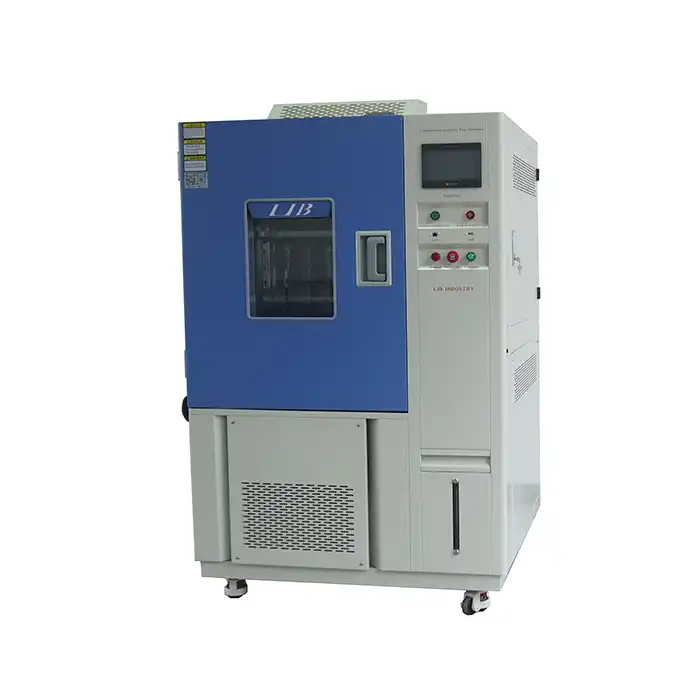

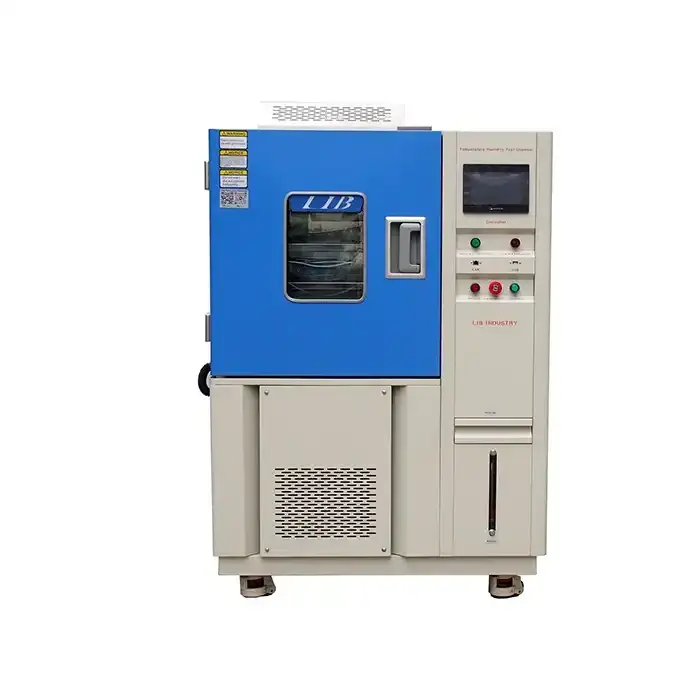
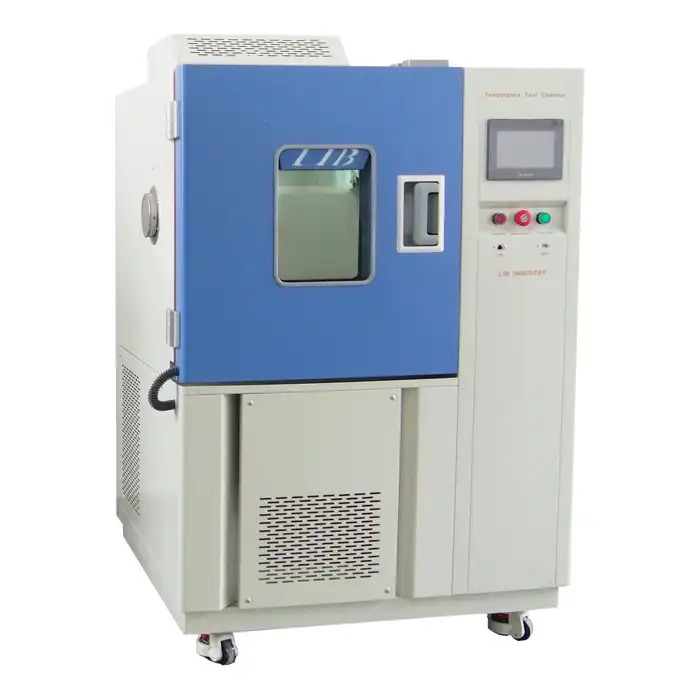
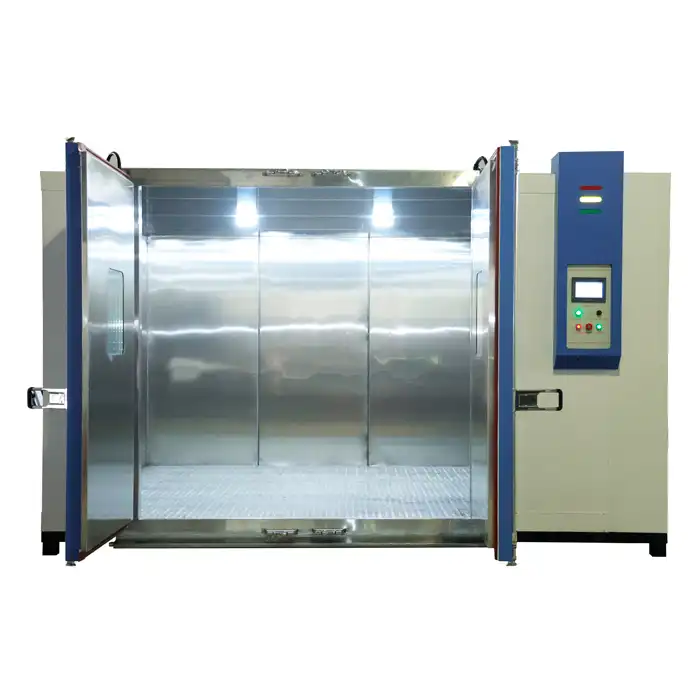
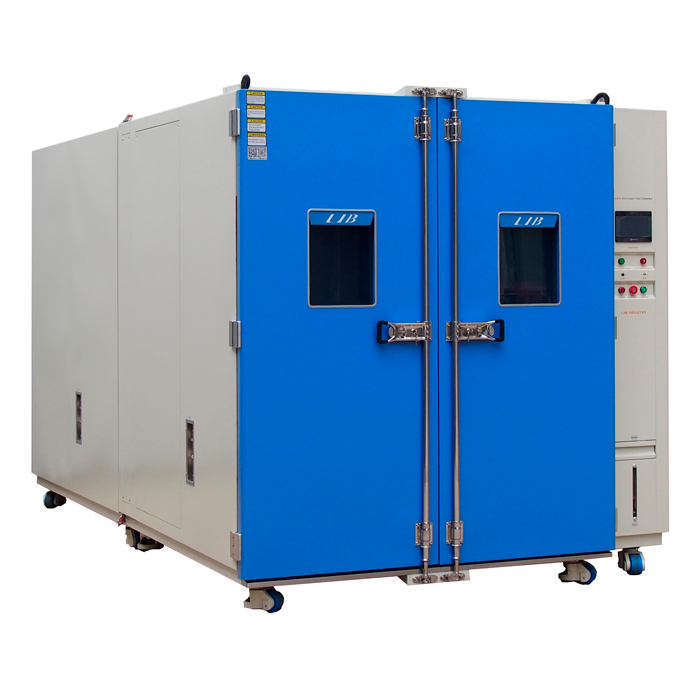

.jpg)
